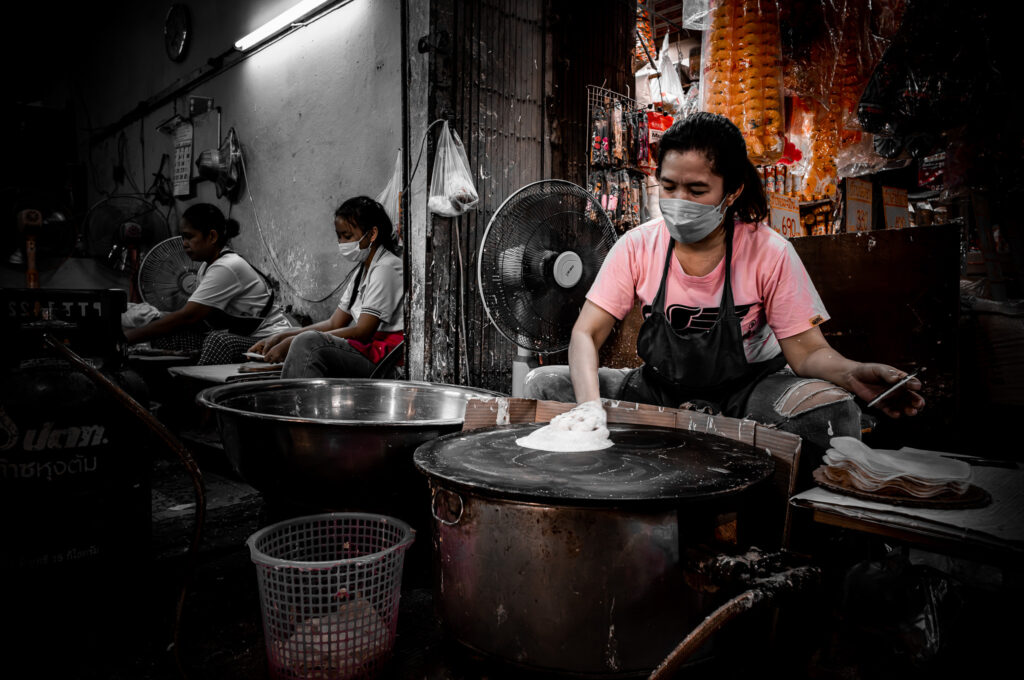Rice paper making can be traced back over a thousand years to ancient China, where it was initially crafted for writing and painting purposes. Over time, its usage expanded to encompass various culinary applications, most notably as the foundation for spring rolls, summer rolls, and other delectable dishes in East and Southeast Asian cuisines. The technique gradually spread throughout the region, adapting and evolving to reflect the unique culinary traditions of each culture.
The creation of rice paper is an intricate process that requires patience, skill, and a deep understanding of the delicate balance between ingredients and technique. Although the exact steps may vary across different regions, the core principles remain consistent.

The first step involves soaking rice grains, typically glutinous rice, to soften them before grinding into a fine flour. The resulting rice flour is then mixed with water to create a smooth, viscous batter. This batter is carefully spread in thin layers over a special cloth stretched over a steamer or bamboo frame, and then steamed until it solidifies into thin sheets.
The true artistry lies in the deft movements of the artisan’s hands. With a practiced touch, the rice paper maker must quickly and skillfully spread the batter, ensuring an even distribution and avoiding any imperfections. Timing is crucial, as the sheets must be removed from the heat at the perfect moment to prevent them from becoming brittle.